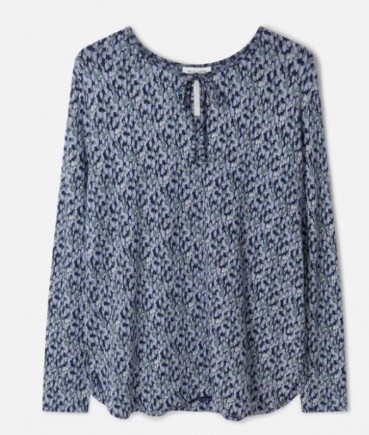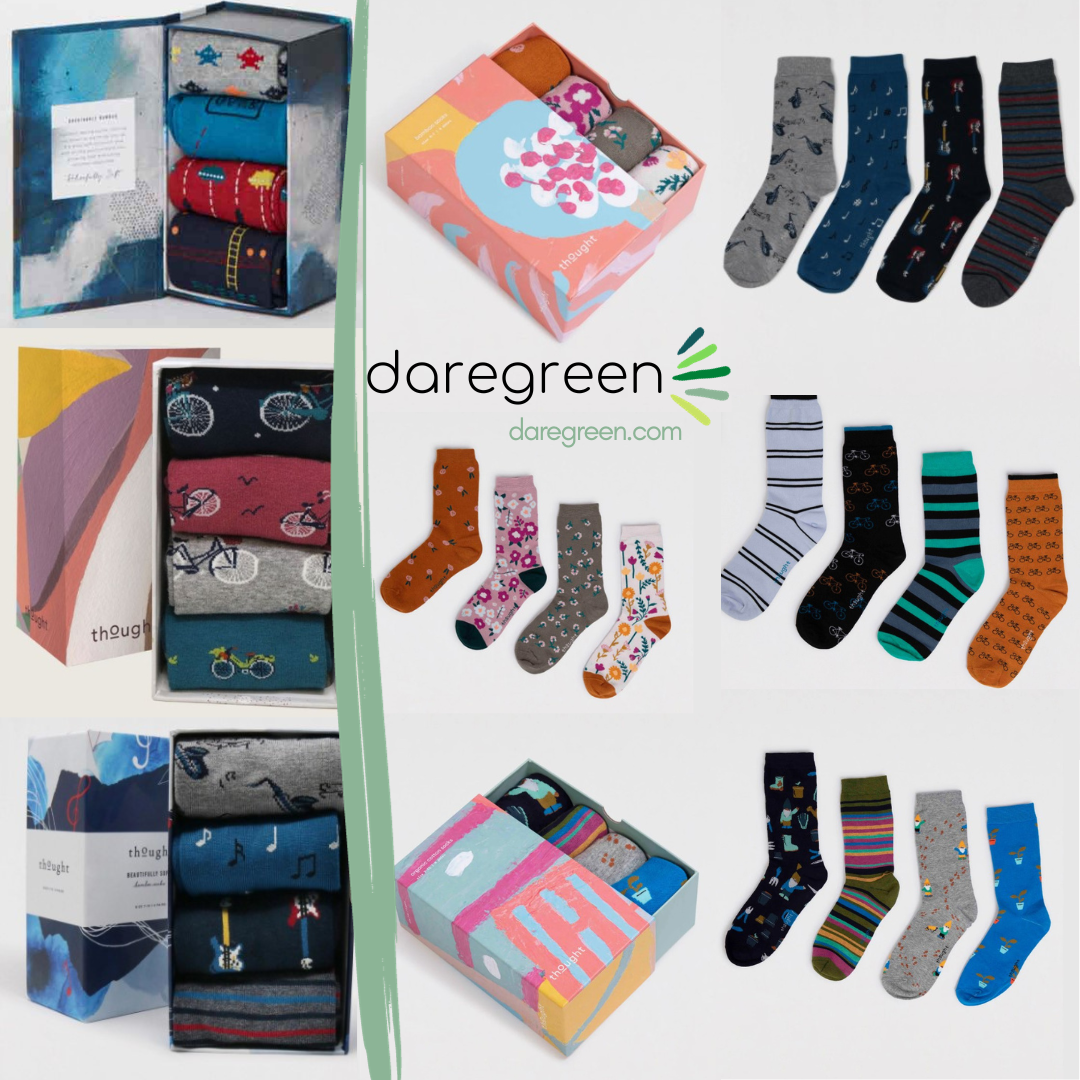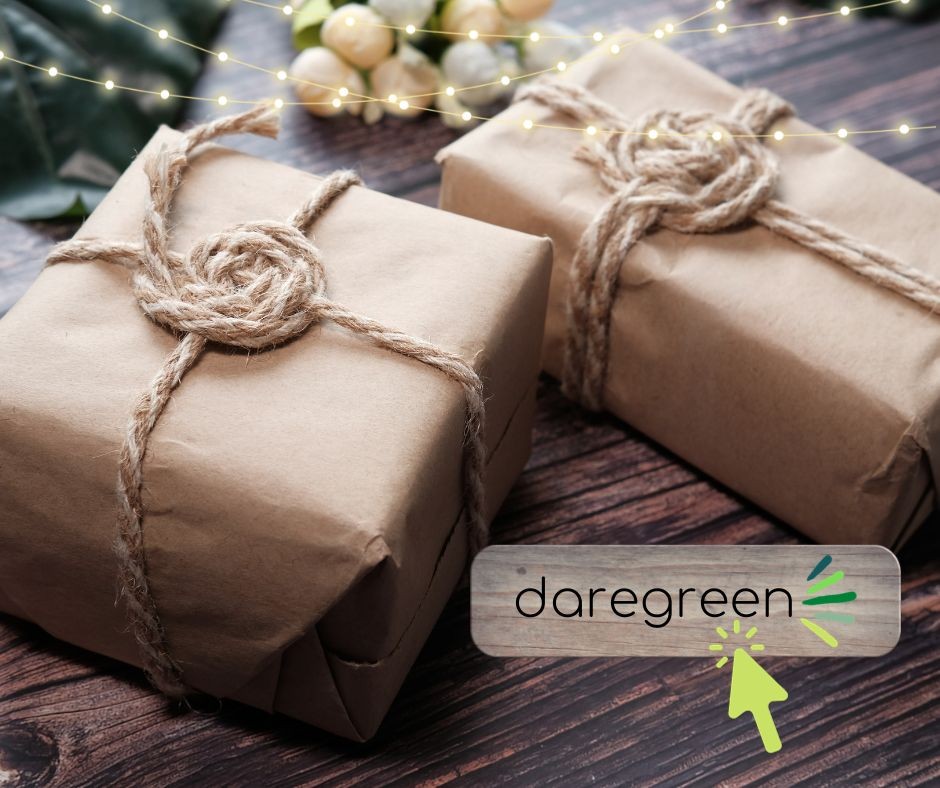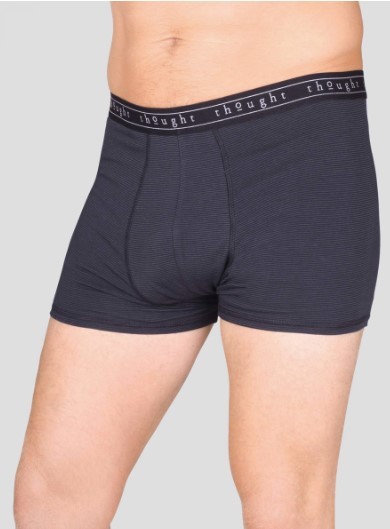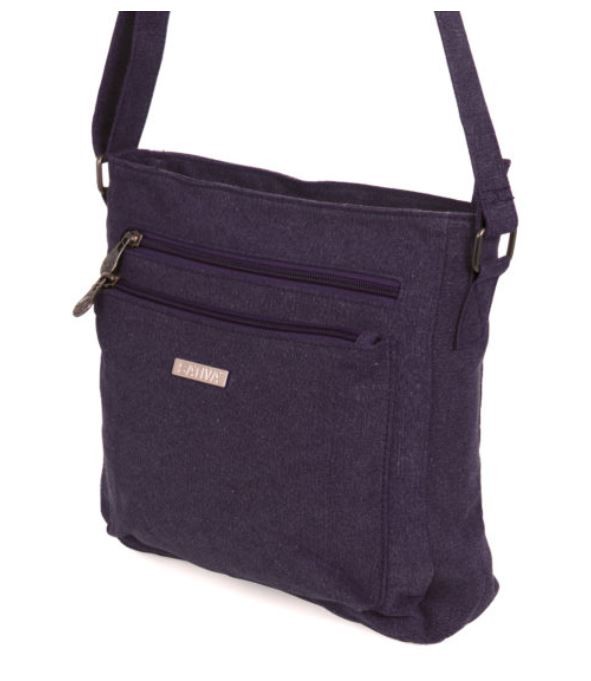Manufacture of natural textile fibers
We have selected partners such as Thought, Hempage, Cavvas for their ethical and ecological values. The cultivation and production of textile fibers are carried out in compliance with international charters such as GOTS which is the world reference in terms of evaluation of organic fibers, integrating social and ecological aspects, based on independent certification of the entire chain of supply. The dyes and waterproof coatings are also ecological and respect the OEKO-TEX label. This international label is the first textile label which guarantees, by an independent body, the absence of any substance that is harmful or irritating to the skin.
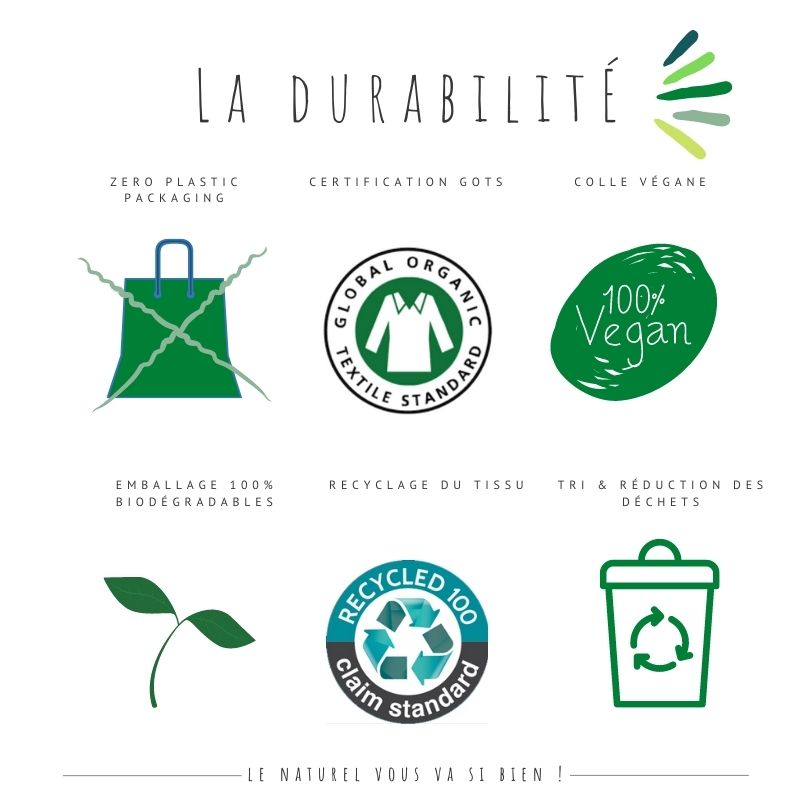
Manufacture of hemp fiber
Hemp plants mature in just 80 to 120 days, reaching heights of up to 15 feet with little to no fertilizer required. They have an intelligent and deep system. This helps prevent soil erosion, removes toxins, and aerates the soil for the benefit of future crops. Once mature, the plant is cut and undergoes "retting". This is a decomposition process, in which the outer layer is removed, exposing the long internal "bast" fibers. These fibers are the textile material used to make hemp clothing. The woody stones are then removed by shelling. The hard, rough biopolymer called "lignin" is removed, resulting in a much softer, smoother yarn. Finally, the yarn is spun similarly to other natural fibers; the bast fibers twist together to form long threads. These are then spun and woven into a fine linen-like fabric.
Daregreen has selected environmentally conscious partners.
With sustainability as a core value, the Thought brand recognizes its responsibilities to the environment, ecosystems and local communities. Our partners and suppliers and their supply chains must commit to respecting our environmental policy. Establishing and maintaining these standards helps to increase awareness of the need to be accountable.
The Thought brand has a real desire to select natural and sustainable yarns that use less water, fewer pesticides and produce less CO2. Thought recycles its fabric scraps at the source to reduce waste and create new products.
Bamboo fiber manufacturing
Bamboo is naturally resistant to pests and can help rebuild eroded soil. Thought brand bamboo is grown organically without chemical fertilizers, herbicides or pesticides. It only takes 3 months to reach its maximum height. The root network is so large that once harvested bamboo does not need to be replanted - instead, it grows back again.
Sodium hydroxide (or caustic soda, a mineral chemical body that is also found in the saponification of soaps) and carbon disulphide are used in closed circuits to transform bamboo into fiber. Leaves and woody shoots are soaked in these chemicals; a process also known as hydrolytic alkalinization. Now heavy and pulverized, the bamboo solution is filtered through dies strewn with small holes, much like a shower head. It is then separated into threads to be spun, dyed and woven.
Cotton fiber manufacturing
The seeds are natural, untreated and non-GMO. Crops are grown with organic compost and in crop rotation, where other plants are sown to encourage biodiversity. This protects the quality of the soil, preserves its moisture and minimizes Co2 emissions.
Natural and organic alternatives replace synthetic agricultural chemicals to treat growing crops. This creates stronger plants that are more resistant to pests and diseases, helps improve soil quality, prevent water contamination, conserve biodiversity, and stop poisoning wildlife and rivers.
Farmers harvest and defoliate organic cotton naturally, with cold temperatures and water management. Farm workers have a healthier environment. Cotton by-products (plant waste, ground seeds for animal feed, oil for processed foods) are not contaminated with chemicals.
Manufacture of wool fiber
Wool is a natural and renewable fiber obtained from the fleece of sheep. It has many excellent qualities that set it apart from other fabrics. Humans have yet to produce an artificial fiber that matches these distinctive properties.
The manufacture of wool begins with the shearing of sheep. The fleece then goes through classification and sorting.
The fleece is scrubbed in a series of alkaline baths containing water, soap and sodium carbonate or a similar alkali. This process removes any sand, dirt or grease. The fleece is carded - it passes through a series of metal teeth which straighten out and mix the threads into shards. Carding also removes any remaining dirt in the fibers.
Wool fibers are spun into yarn. The spinning of woolen yarns is usually done on a mule spinning machine, while worsted yarns are spun on an unlimited number of spinning machines. It is then wrapped around spools or cones and the thread is woven into a fabric - either through plain weave or twill weave.
Manufacture of Tencel ™ fiber
Eucalyptuses are resilient and renewable, so they are grown without genetic manipulation, irrigation, or pesticides. Once the trees reach a height of around 40 meters, they are harvested. They are cut rather than uprooted, so grow back quickly. Eucalyptus wood is made into chips, pulped and dried into leaves ready for processing. The leaves are then broken up and dissolved in a non-toxic amine oxide solution.
This results in a clear, viscous cellulose liquid. A closed loop process is used, where up to 99% of the chemical is continuously recycled, thus minimizing our impact on the environment and conserving energy and water. Tencel ™ long fibers are produced by forcing this solution through dies with small holes, much like a shower head.
The long strands are then fixed, washed, dried and untangled. Then they are compacted using a crimper to add volume and texture. The fibers are then ready to be spun into the soft, light and breathable Tencel ™ fabric.
Manufacture of recycled polyester fiber
Recycled polyester fabric is made from polyethylene terephthalate (PET), which is mostly found in plastic bottles.
Our recycled polyester is made entirely from used plastic bottles. The used PET bottles are cleaned, dried and crushed into small chips. These chips are then melted into a liquid and passed through a die to form strands of wire. This is then wound up on reels.
The fiber is fed into a machine which compresses them to create the desired texture. The yarn is put into spools, dyed and knitted into a fabric.


